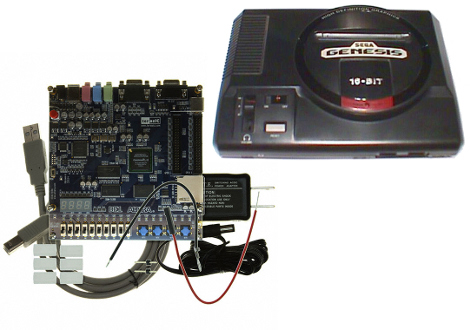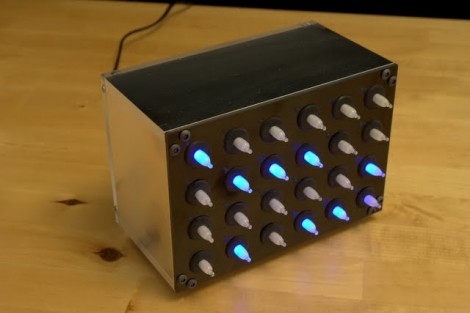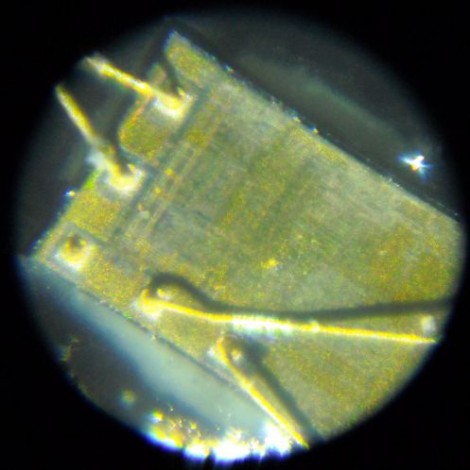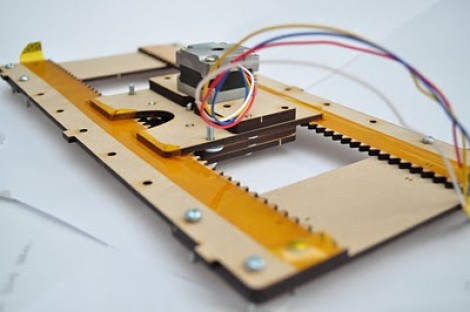
[Greg] managed to clone a SEGA Genesis using a field programmable gate array. He used a Terasic/Altera DE1 board, which will set you back about $160, during development. The onboard push buttons are currently used as the controller with VGA for the display. Who knows, maybe there’s enough programming space left to drive a PSP screen and turn this into a handheld?
You can see some gameplay footage after the break. If SEGA was never your thing don’t forget that there is an NES FPGA hack out there too.












